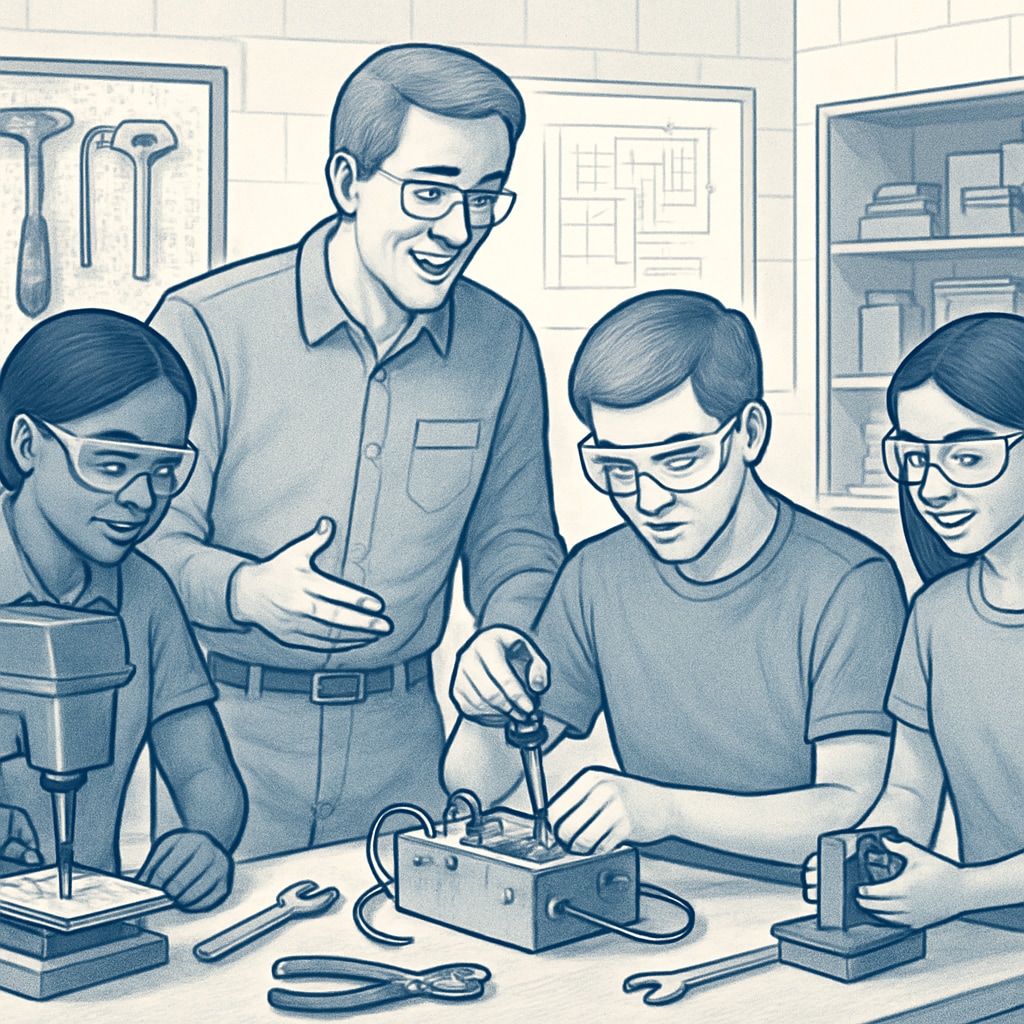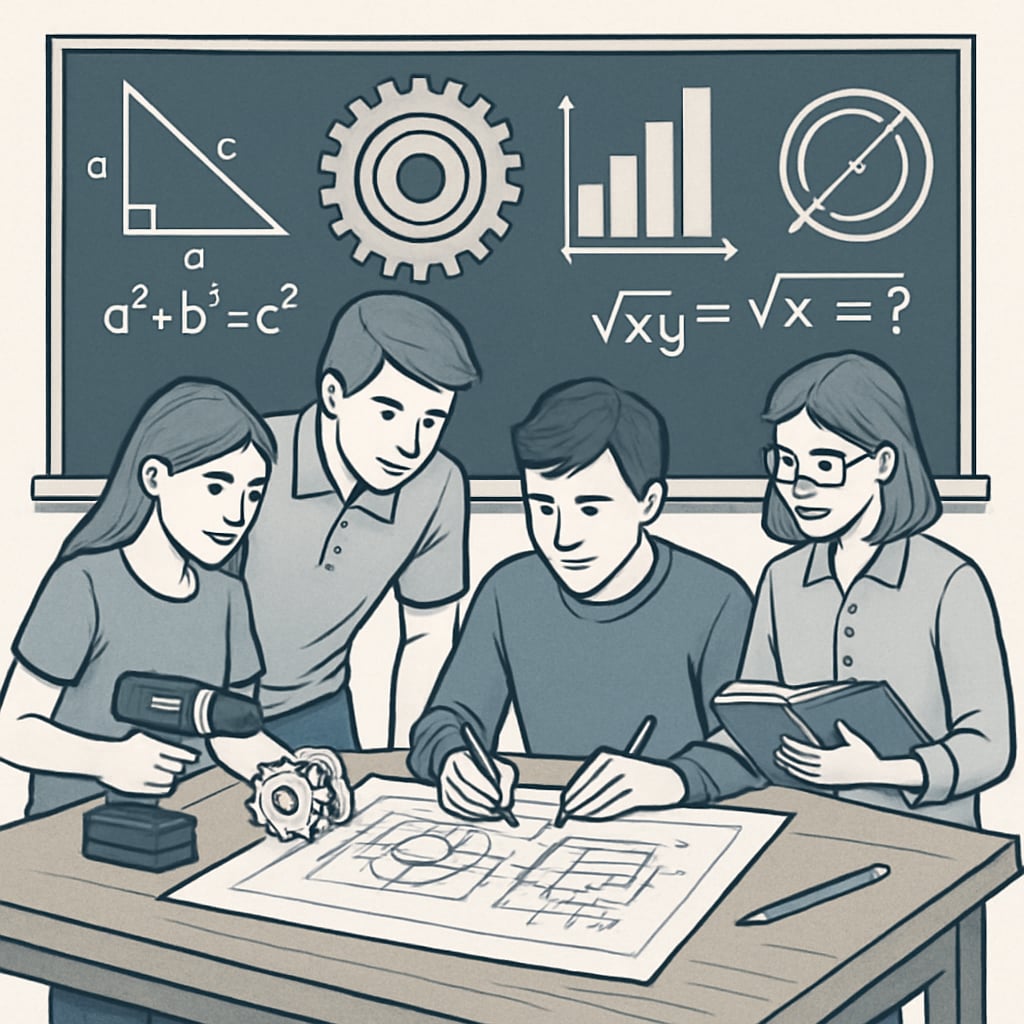Balancing Career and Technical Education (CTE) with traditional academic subjects is a priority for modern K12 school districts. While traditional academics lay the foundation for critical thinking and theoretical knowledge, CTE offers students practical skills aligned with real-world job markets. Striking a balance between these two educational approaches is essential to ensure students are equipped for both higher education and future careers.

The Role of CTE in Student Development
CTE provides students with hands-on learning opportunities, bridging the gap between classroom instruction and workplace demands. For instance, programs in fields like healthcare, technology, and engineering allow students to develop specialized skills before entering the workforce or pursuing further training. According to Britannica, CTE programs have gained prominence for their ability to align education with industry needs, offering students a pathway to stable and rewarding careers.
However, integrating CTE into the traditional K12 curriculum poses challenges. Scheduling conflicts, resource allocation, and the perception that CTE is less rigorous than academic subjects remain barriers. Despite these obstacles, districts that successfully implement CTE often report higher graduation rates and increased student engagement.
Traditional Academics: The Foundation of K12 Education
Traditional academic subjects like mathematics, science, history, and literature remain the cornerstone of K12 education. These disciplines foster critical thinking, creativity, and a deeper understanding of the world. For example, studying history not only teaches students about past events but also helps them develop analytical skills to assess current societal trends.
While traditional academics excel in fostering intellectual growth, they sometimes lack the direct application that CTE offers. This dichotomy has led to debates about how to best prepare students for life beyond high school. Should schools prioritize broad academic knowledge or job-specific skills? The answer lies in finding a balance.
Building an Integrated Education Model
To achieve a balance between CTE and traditional academics, districts must adopt an integrated approach. This means creating a curriculum that values both theoretical knowledge and practical application. Here are some strategies:
- Schedule Flexibility: Allow students to take both CTE and traditional courses without overburdening their schedules.
- Cross-Disciplinary Projects: Encourage collaboration between CTE and academic teachers to design joint projects, such as combining physics with engineering in a robotics program.
- Partnerships with Industry: Work with local businesses to provide internships and real-world experiences for students.
- Teacher Training: Offer professional development that equips educators to understand and support both CTE and traditional subjects.
Districts that adopt these strategies can create a more holistic learning environment, ensuring that all students benefit from a well-rounded education.

The Future of K12 Education
The future of K12 education lies in breaking down the silos between CTE and traditional academics. By recognizing the value of both approaches, schools can prepare students to succeed in a rapidly changing world. As a result, students will not only graduate with essential academic knowledge but also the practical skills needed to thrive in their chosen careers.
In conclusion, balancing CTE and traditional academics is not about choosing one over the other but about creating a complementary system. Districts that embrace this mindset will help students unlock their full potential, ensuring they are ready for both college and the workforce.
Readability guidance: This article uses short paragraphs, lists, and transition words to enhance readability. Key points are summarized under clear subheadings, and the use of active voice ensures clarity and engagement.


